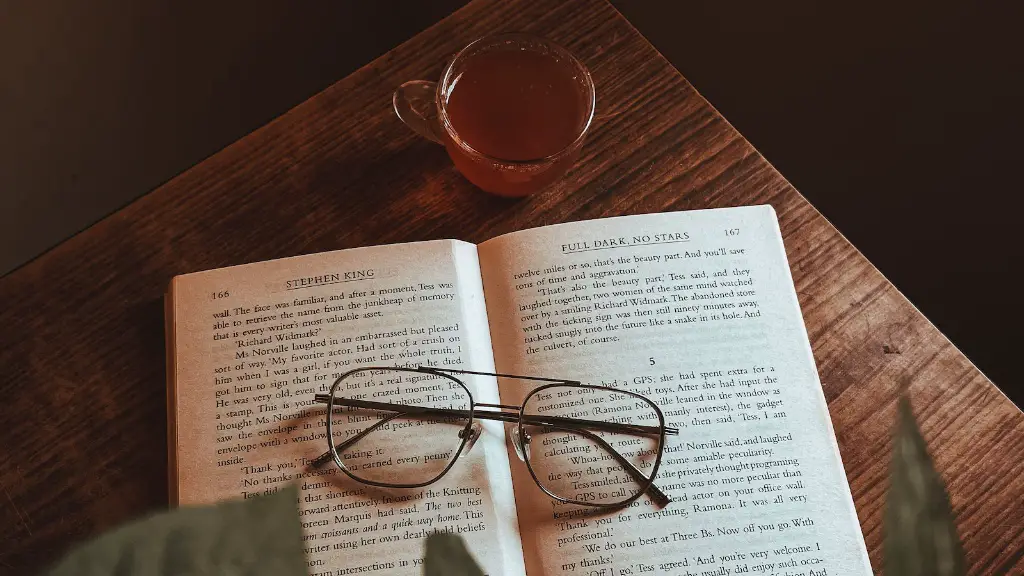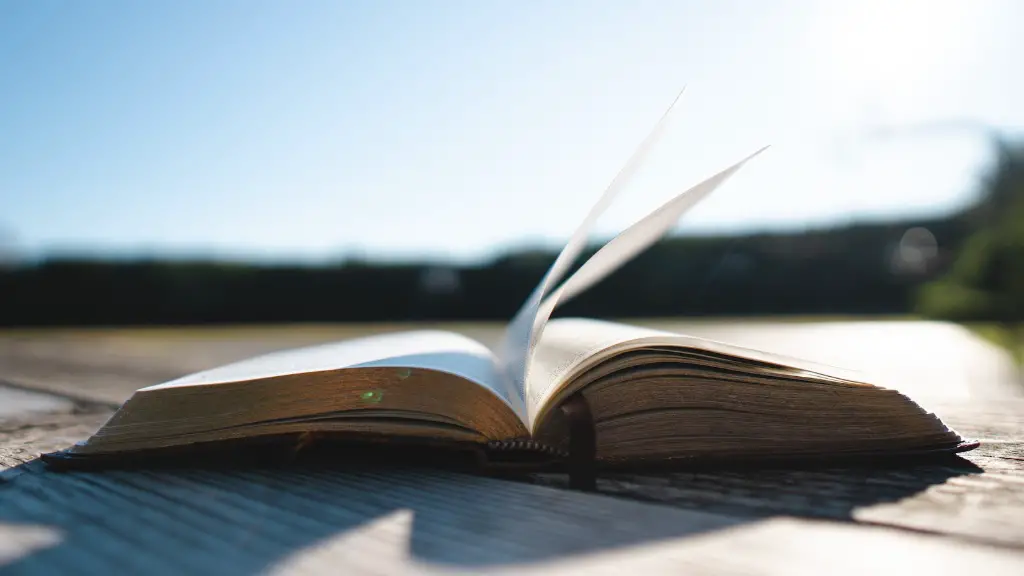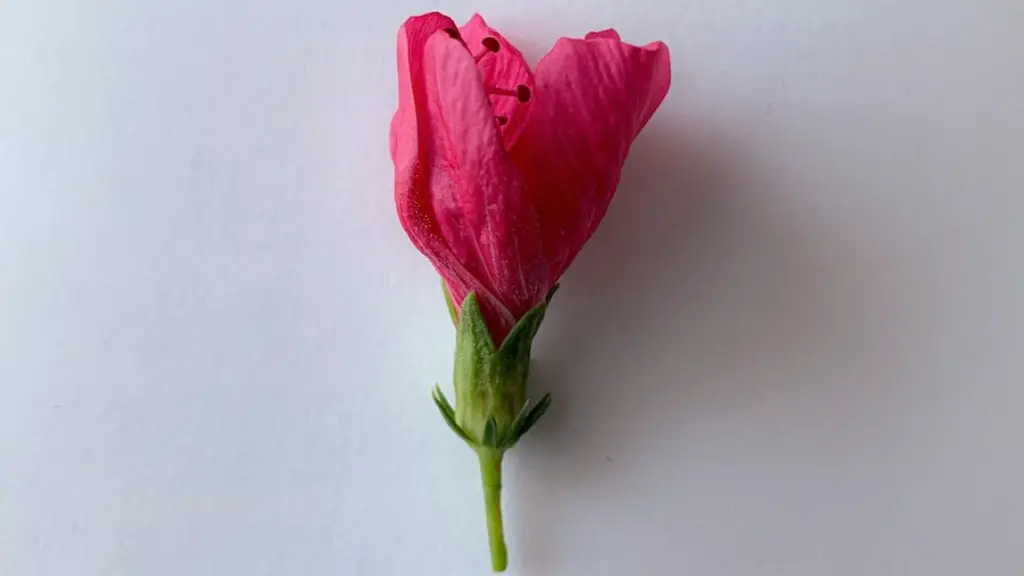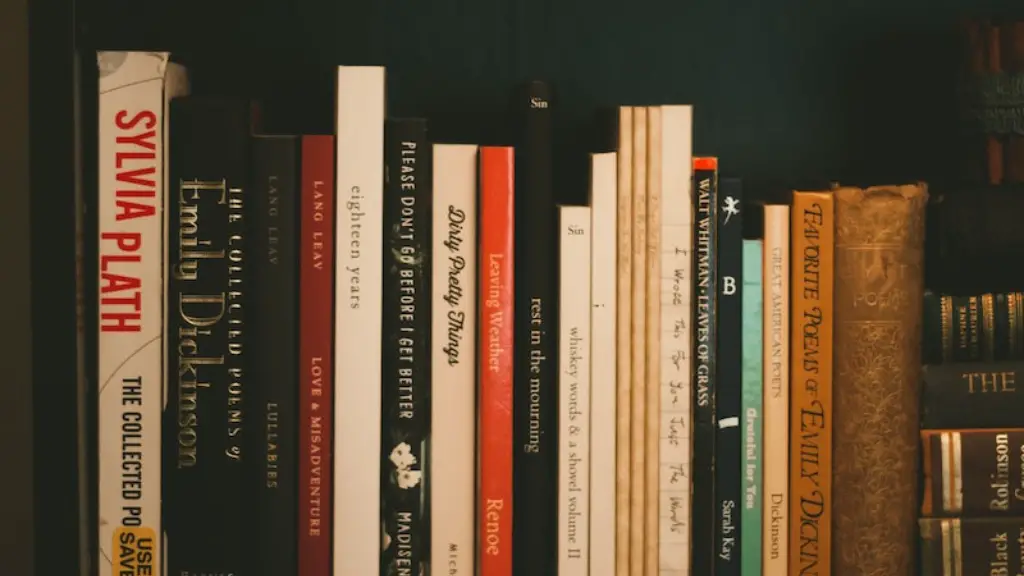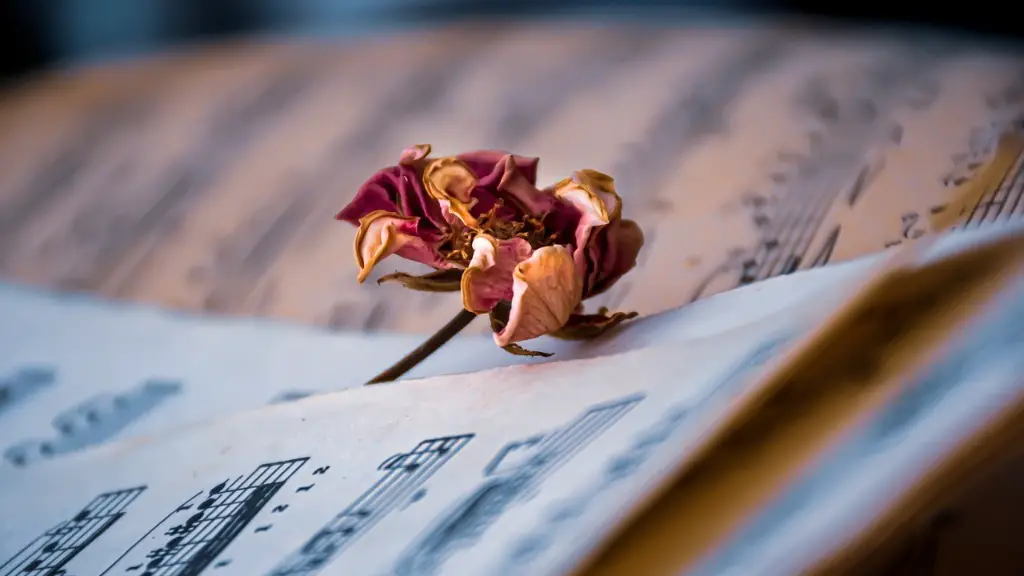Poetry is a form of literary expression which has been around for centuries. It is often viewed as a form of artistic expression, used to express emotions and ideas. Poetry has become an important part of many literary works, and it has been used to convey different messages and stories throughout history. While the definition of poetry can vary, there are common elements used in most forms of poetry.
The purpose of poetry in literature is to create an emotional connection between words and the reader. It enables the writer to convey a message or idea in a way that is meaningful to the reader. Poetry can be used to explore a range of topics such as love, death, dreams, and nature. The use of poetic language can evoke feelings and emotions in the reader. By emphasizing certain words or lines of poetry, the writer can guide the reader towards a certain perspective or emotion.
Poetry can also be used to tell stories and create vivid imagery. Through the use of language that paints a vivid picture of a scene or moment, poetry can help to make a story seem more alive. Poetry can also be used to highlight important parts of a story, or to change the tone of a story. For example, a poetic refrain might be used to emphasize a moment in a story, or to transition between different parts of a story.
The beauty of poetry is that it can be interpreted in different ways by different readers. There is no right or wrong interpretation, and the poet can convey their intent without telling the reader what to think. This allows readers to interpret the poem in their own way, and to consider the poem from their own personal perspective.
The use of poetry in literature is an effective way to communicate emotions, ideas, and stories. Poetic language can evoke emotions and images in the reader, and it can be used to create vivid imagery and tell stories. Poetry can also be used to highlight certain aspects of a story, or to transition between different parts of a story. By emphasizing certain words or lines of poetry, the writer can guide the reader towards a certain perspective or emotion.
Structure Of Poetry
Poetry is generally composed of some basic elements such as meter, rhythm, and rhyme. Meter is the pattern of stressed and unstressed syllables throughout the poem. Rhythm is the way in which the syllables effect each other throughout the poem. Rhyme is the repetition of sounds at the end of lines in a poem. These elements are used to create a structure in the poem, creating a flow and unity in the poem.
Another important element of poetry is its form. Poems can take on a range of forms such as sonnets, epics, haikus, and ballads. Each of these forms have their own associated elements, from the number of lines to the rhyme scheme. Understanding these form elements is essential in understanding the meaning and purpose of the poem.
The structure of a poem can also influence its purpose. By emphasizing certain words or sounds in a poem, the poet can guide the reader towards a certain understanding or emotion. Understanding the structure of a poem can help the reader to interpret the poem in a certain way.
Influences of Poetry
The purpose of poetry is often influenced by its cultural and historical context. Poems can be used to explore a range of topics such as identity, power, and politics. A poem can be used to express powerful emotions and ideas, and to explore the complexity of human experience. Poems can also be used to convey a particular message, or to socialize a particular idea.
The purpose of a poem can also be influenced by its author. Different authors will have different perspectives and messages to convey in their poetry. For example, a poem might be used to express a particular belief or perspective, or to explore a particular ideology or culture.
The purpose of a poem can also be influenced by the audience for whom it is intended. A poem might be intended to evoke particular emotions in the reader, or to challenge certain perspectives. The poem might also be used to explore a certain theme or concept, or to express a certain message to the reader.
Poetry as Performance
Poetry has traditionally been seen as a form of performance. The audience for the poem is often a large hallmark in determining the purpose for the poem. Oral poets would often perform their works in front of an audience, and the purpose of the poem would be to entertain and inform the audience.
The use of performance in poetry has continued today, with poetry slams and open-mic events being popular platforms for poets to express their works. Live performance of poetry allows poets to engage with the audience and create an emotional connection between the reader/listener and poem.
Performance of poetry is also a great way to explore and interpret a poem. This can involve changing the pace, or emphasizing certain parts of a poem to convey a particular emotion or message. Live performance of poetry can be used to explore a range of topics and ideas, and to create an emotional connection between the performer and the audience.
Adaptation of Poetry
Poetry has also been adapted into other forms of art, such as theatre and music. Theatre can be used as a platform to explore and interpret poetry, allowing actors and directors to create a unique performance of a poem. Music can also be used to interpret and explore a poem, and to create an emotional connection between the poem and the listener.
Adapting a poem can be a great way to explore and interpret the poem in a different way. By adapting a poem into a different form, the artist can add their own interpretations of the poem. This can involve adding certain elements, or changing the pacing or emphasis of certain words. Adapting a poem can help to bring the poem to life in a way that is both creative and interesting.
Poetry can also be used in other forms of literature, such as novels and short stories. Poetic language can be used in these forms of literature to evoke emotions and images in the reader. Poetic language can also be used to highlight certain moments in a story, or to change the tone. By using poetic language, the author can convey a message or idea in a way that is meaningful to the reader.
Conclusion
The purpose of poetry in literature is multi-faceted. Poems can be used to convey deeper emotions and ideas, to create vivid imagery, and to highlight certain aspects of a story. Poetry can also be used as a form of performance, allowing poets to engage with the audience and to create an emotional connection between the poem and the reader/listener. Poetry can also be adapted into other forms of art and literature, allowing the artist or author to explore and interpret the poem in a different way. No matter how it is used, poetry is a powerful tool for expressing emotions, conveying messages, and creating vivid imagery.
